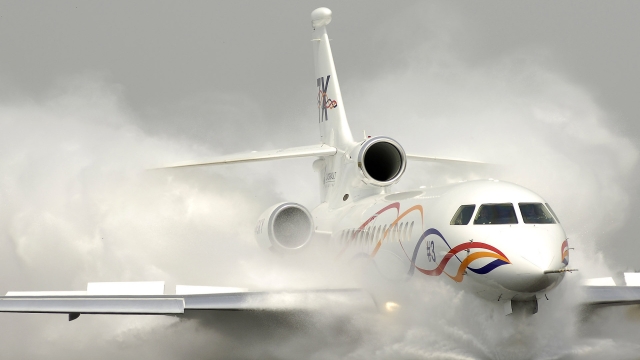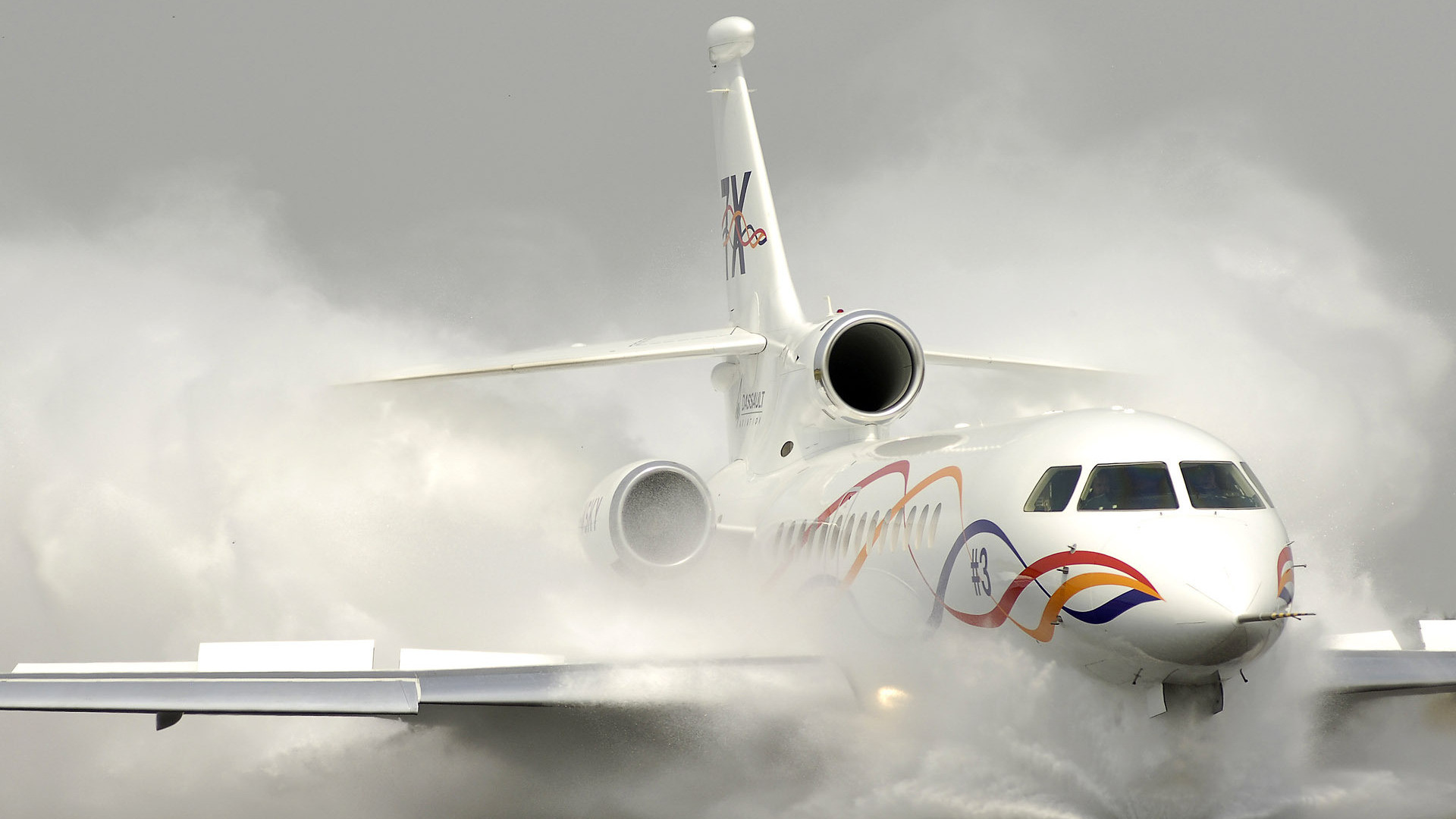
Taking Flight: The Ultimate Guide to Aviation School
Are you ready to take flight and turn your passion for aviation into a rewarding career? Look no further than aviation school, your gateway to the skies. Whether you’ve always dreamt of becoming a pilot or you’re eager to explore the fascinating world of aviation, attending an aviation school can set you on the path to success.
Aviation schools offer a comprehensive range of programs and courses designed to suit your aspirations and goals. From obtaining your private pilot license to pursuing advanced certifications like instrument rating and commercial pilot license, these institutions provide the knowledge and skills necessary for a successful career in the aviation industry. With experienced instructors, state-of-the-art facilities, and hands-on training opportunities, aviation school can equip you with the practical expertise and theoretical understanding required to excel in this exhilarating field.
Navigating the process of choosing the right aviation school and determining which program is best for you can be overwhelming, but fear not! In this ultimate guide, we will walk you through the different aspects of aviation school, exploring the various training options, admission requirements, and potential career paths. Whether you’re a fresh high school graduate or someone looking for a career change, this guide will help you make informed decisions and embark on an exciting journey towards becoming a certified aviation professional. So, buckle up, let’s explore the world of aviation school together!
Choosing the Right Aviation School
When it comes to pursuing a career in aviation, finding the right aviation school is crucial. With so many options available, it’s important to carefully consider your choices before making a decision. Here are some factors to keep in mind as you embark on your search for the perfect aviation school:
Location: One of the first things to consider is the location of the aviation school. Determine whether you are open to studying in your local area or if you are willing to relocate. Keep in mind that certain regions may offer unique advantages, such as better weather conditions for flying throughout the year. Consider your personal preferences and circumstances when deciding on the location of your chosen aviation school.
Accreditation: Ensure that the aviation school you are considering is accredited by the appropriate aviation authorities. Accreditation ensures that the institution meets the necessary standards set forth by industry professionals and regulatory bodies. This accreditation is important as it validates the quality of education and training you will receive at the aviation school, giving you confidence in your future career prospects.
Become A PilotFacilities and Resources: Investigate the facilities and resources available at each aviation school you are considering. Look for schools that have well-maintained aircraft and up-to-date flight simulators. These resources are essential for your practical training and will greatly enhance your learning experience. Additionally, consider the availability of dedicated faculty and support staff who will guide you through your aviation journey.
By carefully considering these factors, you can make an informed decision when choosing the right aviation school for your needs. Remember, the choice you make now will have a significant impact on your future as a pilot.
Understanding the Instrument Rating
The instrument rating is an essential component of aviation training that allows pilots to fly solely by reference to the aircraft’s instruments. This rating is a significant step in a pilot’s journey towards becoming a competent and skilled aviator.
With an instrument rating, pilots are able to navigate through low-visibility conditions, such as clouds or fog, using only their instruments as guidance. This ability to fly without relying on outside visual references is crucial for safe and efficient travel, especially during adverse weather conditions.
Obtaining an instrument rating involves rigorous training and practice, and it requires a solid understanding of instrument flight rules (IFR) and procedures. The rating builds upon the foundational knowledge gained during private pilot training, focusing specifically on the use of instruments for navigation, communication, and situational awareness.
During instrument rating training, pilots learn how to interpret and follow instrument flight charts, utilize radio navigation aids, and effectively communicate with air traffic controllers. They also develop the skills to perform precise instrument approaches to airports, ensuring a safe landing regardless of weather conditions.
The instrument rating is often seen as a vital stepping stone towards a commercial pilot license. It equips pilots with the necessary skills and knowledge to handle a wide range of weather conditions, making them more versatile and marketable in the aviation industry.
By gaining proficiency in instrument flying, pilots enhance their situational awareness, decision-making abilities, and overall flight safety. The instrument rating opens up new horizons for aspiring aviators, allowing them to confidently take to the skies and pursue their aviation dreams.
Obtaining a Commercial Pilot License
To obtain a Commercial Pilot License, aspiring pilots need to meet specific requirements and undergo rigorous training. Here are the steps involved in the process:
Education and Training:
- Before applying for a Commercial Pilot License, individuals must have a high school diploma or equivalent. Some aviation schools may have additional education requirements.
- Prospective pilots undergo extensive training at aviation schools, where they learn essential skills and knowledge needed for flying. These programs cover various aspects of aviation, such as aerodynamics, aircraft systems, meteorology, navigation, and aviation regulations.
- Additionally, aspiring pilots must accumulate a specific number of flight hours, which can vary depending on the country’s aviation regulations.
Private Pilot License (PPL):
- The first step towards obtaining a Commercial Pilot License is to obtain a Private Pilot License (PPL). To obtain a PPL, candidates must complete a certain number of flight hours and pass both written and practical exams.
- During their PPL training, aspiring pilots learn fundamental flying techniques and gain the ability to fly solo. This license allows them to fly for recreational purposes or as a hobby.
Instrument Rating (IR):
- After acquiring a PPL, pilots need to obtain an Instrument Rating (IR) to fly in adverse weather conditions or without visual cues. Instrument flying skills are crucial for professional pilots operating in both commercial and non-commercial aviation.
- To obtain an IR, pilots must complete additional training that covers instrument flying techniques, navigation, and interpretation of flight instruments. They must also pass written and practical exams to demonstrate their proficiency in instrument flying.
Commercial Pilot License (CPL):
- Once pilots have obtained their PPL and IR, they can apply for a Commercial Pilot License (CPL). The CPL allows pilots to fly for compensation or hire, opening up various career opportunities in the aviation industry.
- To obtain a CPL, pilots must meet the required flight experience and pass the CPL written and practical exams. The flight experience criteria typically include a minimum number of flight hours, instrument flight time, and cross-country flights.

By following these steps and successfully completing the necessary training and exams, aspiring pilots can obtain a Commercial Pilot License. This achievement paves the way for a fulfilling career in the dynamic and exciting field of aviation.



